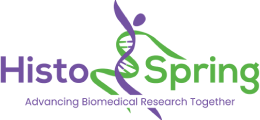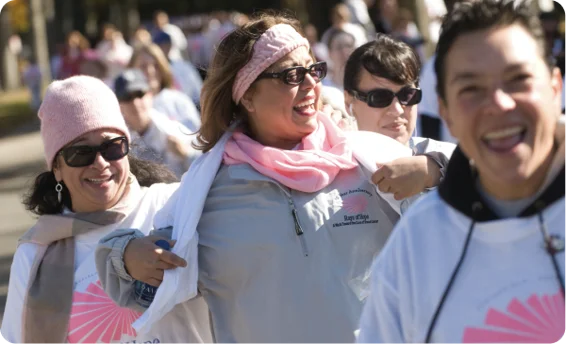Is there power in number?
For those who have been advocating for improvements in breast cancer treatments and outcomes, the answer is a resounding “Yes”. The formula for this gradual progress has been multi-pronged, including dedicated time, financial resources, and real advocacy for change.
Breast cancer has been the most common cancer in women. Unfortunately, mortality rates were largely unchanged between the 1940s and the 1970s before rising again in the 1980s. However, between 1990 and 2020, these rates have declined by nearly 40%.
There are a variety of reasons around why these rates declined sharply as we moved towards the twenty-first century, but advocacy for breast cancer research has been an important part of the changes. Advocacy grew rapidly in the 1990s leading to an expansion in breast cancer research across the United States.
The Rays of Hope Foundation has played an important role in Western Massachusetts since 1994. The fundraising led to the establishment of the Rays of Hope Center for Breast Cancer Research in 2011, providing prevention education and increasing awareness around this disease. It’s no coincidence that the outlook for patients diagnosed with breast cancer has drastically changed in recent years — but how exactly does advocacy play such a significant role in this field?
What Advocacy Looks Like in Action
There are a few forms that advocacy has taken to bring about these changes over the past few decades. Grassroot efforts have taken hold across the United States, with nonprofit organizations and charities like Rays of Hope dedicating their time and money to raise awareness around the need to approach breast cancer diagnosis and treatment in new ways.
Advocacy played a crucial role in changing policies and medicine in the 1990s as the number of women in Congress nearly doubled during that election year. When Congress designated $200 million towards breast cancer research efforts, it focused specifically on understanding the origins of breast cancer and supported higher risk research projects, which bolstered a wide range of improvements for breast cancer patients. These included less invasive surgical options as well as improved diagnostics and therapeutics to target cancer cells more efficiently and effectively. In doing so, medical providers have been able to provide a more personalized approach to one’s cancer prognosis as opposed to a “one-size-fits-all” treatment plan.
Achievements of Advocacy
Although Rays of Hope was established as part of the national effort to support those diagnosed with breast cancer and to encourage new research and findings, the organization has a rich community-based presence supporting patients and survivors in the Western Massachusetts community. Regional advocacy initiatives include a variety of support programs, complementary therapies, and partnerships with the local community, including the annual fundraiser Rays of Hope Walk & Run.
Since 2011, the Rays of Hope Center for Breast Cancer Research has been awarded over $5 million in federal grants to support research in partnership with Baystate Medical Center, UMass Amherst.
One significant result of these active collaborations is the Breast Registry database maintained through HistoSpring and its partners. By successfully procuring high-quality breast tissue and in addition to highly detailed clinical and background information, HistoSpring is able to help academic, industry, clinical, and environmental researchers build a future towards new developments and quality of life improvements. In the end, supporting advocacy for change continues to be a collaborative effort.
What Will the Next 30 Years Look Like for Breast Cancer Research & Advocacy Efforts?
This year marks Rays of Hope’s 30th year, a monumental milestone in furthering breast cancer research and helping affected individuals throughout their cancer journeys. And while this work produces a variety of successes that are worth celebrating, it’s important to remember that our work is still not complete.
Breast cancer continues to be the most common tumor in women, with nearly 300,000 new cases in women expected in 2023. Although survival rates have improved, education around any preventative measures continues to be a crucial key to battling this disease. An element that continues to require further research is uncovering the key to identifying potential genetic predisposition allowing targeted prevention measures. All of these challenges must continue to be pursued in future years with the same level of fervor and financing.
Today, Rays of Hope is proud to work closely with HistoSpring to further breast cancer research, advance the development of precision medicines, and understand the susceptibilities caused by chemical exposures. Learn more about this partnership and how you can get involved. This battle can be won – but it’s going to require continued dedication and effort for years to come. Join Us Sunday, October 22, 2023 for the Rays of Hope Walk & Run toward the cure of Breast Cancer.


















